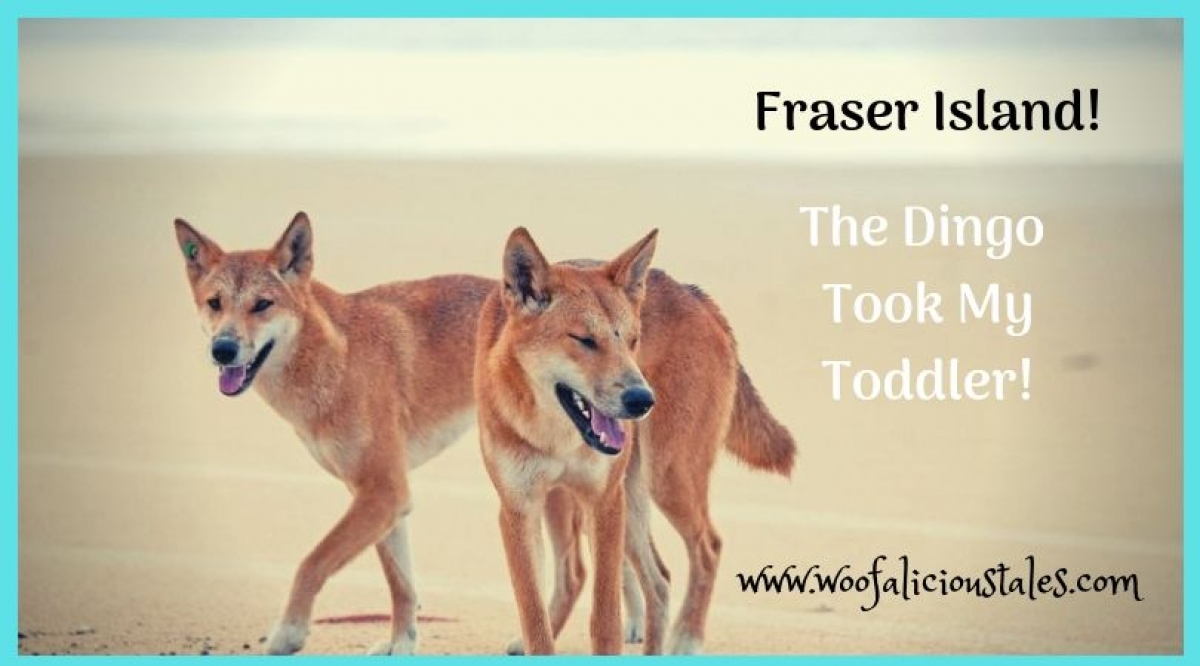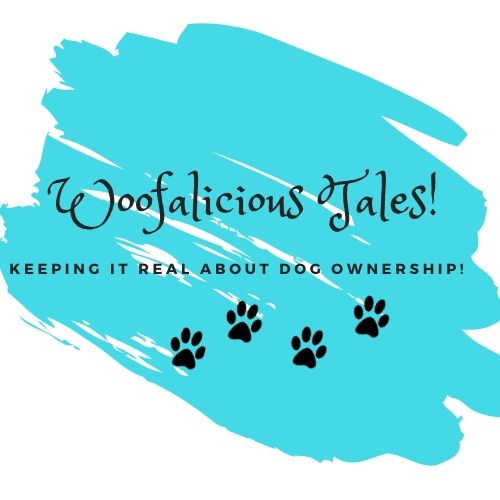
On Sunday night we saw on 60 minutes a story titled – The Dingo Did It!!
It is a horrific story of how a family camping trip on Fraser Island went horribly wrong.
The first night of their trip they wake to hear their son crying and screaming. His mum screams that he’s outside of the camper trailer. Dad rushes into action to find a dingo dragging off is young son by his neck.
Dad does everything in his power to get the dingo to drop his son and thankfully eventually it does! Then he becomes surrounded by them!!!
This story, while horrific, does have a happy ending, their son is alive and healthy and has a few scars to his tale.
There have been 3 toddler attacks and a few tourist attacks this year alone, by Dingos on Fraser Island.
However, if you are Australian and were alive in the 80’s you’ll also remember a family that wasn’t so lucky after their camping trip to Uluru went horribly wrong.
The Chamberlains’, Baby Azaria wasn’t so lucky when it came to her encounter with a Dingo.
My question to you is – What Can We Learn From This Latest Story?
THE HISTORY OF THE DINGO AND FRASER ISLAND!
According to the site – Save Fraser Island Dingos:-
The dingo arrived in Australia between 4,000 and 18,000 years ago and under the Nature Conservation Act 1992 is a declared indigenous species and classed as native wildlife.
Sections 17 and 62 of the Act also provide for the legal protection of the dingo as a natural resource in protected areas such as World Heritage listed Fraser Island.
Classified by the IUCN Red list (International Union for Conservation of Nature) as a ‘vulnerable’ species, the dingo is facing a high risk of extinction in the wild in the medium-term future.
World Heritage listing resulted in an over whelming increase in both domestic and International visitors. The Island dingoes have come under ever increasing pressure due to ever expanding tourism.
The mortality rate from vehicle strikes continues to rise.
Visitors interfering and attempting to interact with dingoes can lead to human /dingo conflict. Whilst encounters with dingoes can be positive, those deemed to be negative result in animals being euthanased.
The environmental impact of tourism and the strategies to maintain a viable and sustainable dingo population are constantly under scrutiny.
The challenge remains, is Fraser Island to be managed for the benefit of human visitors or are human visitors to be managed for the benefit and preservation of the wildlife.?
As beautiful as Fraser Island is, what is happening to the Dingo is no fault of their own, they are adapting to their environment as all animals do!
Shouldn’t we leave them to their own existence without being bothered by so many increasing tourist numbers.
In the video a Dingo is scavenging around a campsite and all the tourists do is film it on their phones………….!!!!!
DINGOES’ EATING BEHAVIOUR!
Feeding and diet
Dingoes are opportunistic carnivores. Mammals form the main part of their diet especially rabbits, kangaroos, wallabies and wombats. When native species are scarce they are known to hunt domestic animals and farm livestock.
This makes them very unpopular with pastoralists. Failing this, the Dingo will eat reptiles and any food source it can find including insects and birds.
Scavenging at night, the Dingo is a solitary hunter but will form larger packs when hunting bigger game.
It is thought that the Dingo contributed to the extinction of mainland Thylacines (Tasmanian Tiger) by becoming competition for the available food sources.
With the ever increasing tourist population on Fraser Island (mentioned above) Dingo’s no longer fear humans, they come close to their campsites and break into their food containers to scavenge for food.
COULD A DINGO KILL YOUR BABY?
Fraser Island is their habitat, if food is scarce and they are not scared of humans, then who is to say why not?
From a pack mentally, when they hunt they go for the weakest member of another pack or one left alone, the vulnerable one.
As a pack and studying humans, I can only assume they would see the pack’s young (baby’s and toddlers) as the weak ones and least likely to fight back.
In the wild I believe as a pack they could take your young one, drag them off and as a pack eat that child as they would any other animal.
To the wild dingo it’s not a baby it’s a young animal to be eaten.
WHAT CAN WE LEARN FROM THIS STORY?
If you’re going to Fraser Island, no matter how experienced you are at camping, do your research.
Research dingos and their behaviour, the do’s and don’ts on the island and what to do if you come across a dingo while walking.
Dingos are smart they can open zippers and locks, be vigilant and respect that it’s their environment.
As the mother and father from this story say – the dingo doesn’t need to be destroyed because they were in their habitat. They have lessons to learn from this experience themselves and acknowledge that.
They know they were very lucky and no this doesn’t happen all the time, however it’s good to be aware of the possibility of it actually happening.
IN THE COMMENTS BELOW – BILLY WOULD LIKE TO KNOW – WHAT YOUR THOUGHTS ARE ON THIS 60 MINUTES STORY?
CHEERS



NormanWilkes | 17th Mar 20
Love reading your blog!
jma074@optusnet.com.au | 24th Mar 20
Thanks Norman, for saying that. I think you’re the only one reading it and I appreciate your comments and feedback. xoxo